Terra’s planned $1.225 billion purchase of the former Miami Herald site on Biscayne Bay is the latest example of how forward-looking development is set to transform the Magic City.
The news that a development group led by Terra is finalizing plans to acquire a 15.5-acre site in Downtown Miami for $1.225 billion generated international headlines and provided another jolt of confidence to South Florida’s real estate market even as other cities face headwinds.
Undeterred by the highest mortgage rates in 20 years and record-setting insurance costs, people and companies continue to migrate to the Sunshine State, with home prices up more than 5% year over year.
When it comes to office leasing, the Wall Street Journal reports that while markets across the sunbelt are struggling, Miami is a bright spot. The office vacancy rate in Miami’s Brickell Financial district came down during the first three months of 2023 – running counter to what many cities are experiencing.
And while new-to-market businesses continue to pour into South Florida, there are also examples of existing companies expanding their presence.
“Not only has Miami benefited from the influx of corporate migration and resident migration, accelerated post-pandemic, but companies such as Schonfeld Strategic Advisors and White & Case decided to increase their space presence with expansions to their existing footprint,” reports JLL Research.
It’s no surprise that data points like these are fueling a development pipeline worth billions, with a series of transformative projects now underway and set to take shape. Over the next decade, these developments will drive Miami’s real estate market and help define the city in the eyes of residents, businesses, and visitors coming from around the world.
It’s too soon to know what Terra plans for the iconic bayfront site which previously housed the Miami Herald’s headquarters, but CEO David Martin promises something that will reshape the city’s urban core.
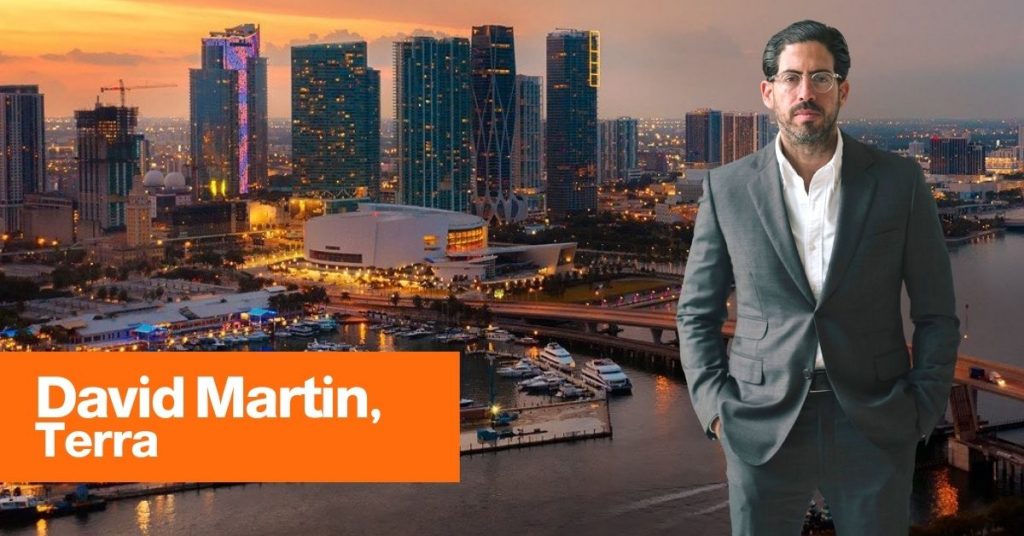
“The scale and location of this site offers the opportunity to do something spectacular, something that all Miamians can take pride in, and we will deliver nothing short of that,” says Martin. “Over time, we will arrive at a plan that elevates Downtown Miami, improves access to the waterfront, and is welcomed by our community.”
Nearby, another waterfront development is set to rise on Miami’s Watson Island. Set midway between Miami Beach and Downtown Miami, the publicly-owned island in Biscayne Bay has been the focus of proposed development plans for decades.
In April of this year, a joint venture between BH3 Management and Merrimac Ventures acquired development rights for a 10.7-acre piece of the island, with plans to build a mixed-use, waterfront destination catering to locals and visitors. The group’s vision includes retail, hotel, and residential uses, along with new public space and a bayfront promenade.
“Miami has evolved and the market has evolved,” team principal Nitin Motwani told the Miami Herald.
“I don’t know of a better site in Miami. We feel we can do something very special here. It’s got the view, and all the beauty and opportunity that Miami has to offer,” said Motwani.
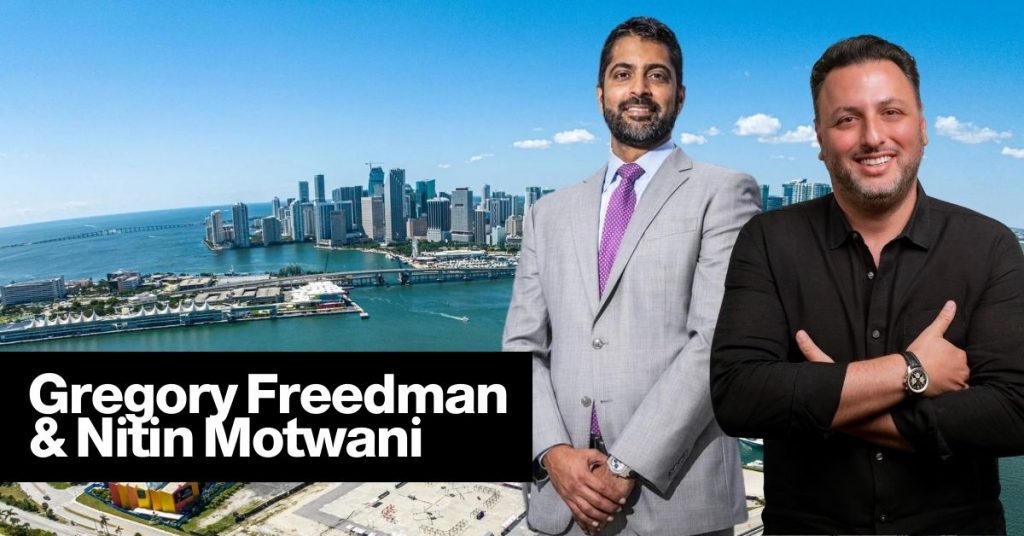
“Watson Island is one of the City of Miami’s most important and well-situated properties, yet it’s also one of its most underutilized assets,” said Motwani’s partner in the project, Gregory Freedman of BH3 Management. “Miami residents have been anticipating the creation of a mixed-use development at this site, and now that vision will come together.”
Yet another waterfront development is poised to reshape the banks of the Miami River in the city’s Central Business District. Last November, 64% of Miami voters approved plans for Miami Riverbridge, a 1.7 billion development proposed by Hyatt and Gencom that will comprise hotel rooms, apartments, Class A meeting space, retail, and more than 50,000 square feet of new public space connected to the Riverwalk.
“Activating the riverfront with the development of Miami Riverbridge is an opportunity to rethink the way people will access this critical site over future decades – by foot, bike, rail, car, and boat,” said Karim Alibhai, Principal of Gencom.
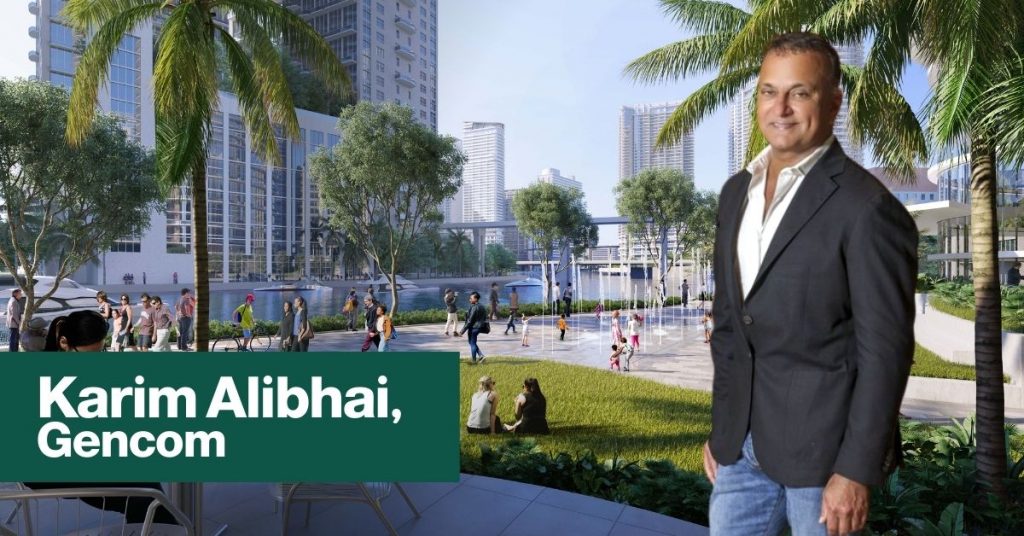
The list of transformative developments underway or in the planning phase expands well beyond the waterfront. In many instances, real estate firms are bringing to life projects that aim to sustain and improve quality of life, improve mobility, and address affordability challenges, with Miami’s housing market consistently ranked among the nation’s costliest.
Two years ago, Camilo Miguel, Jr.’s Mast Capital acquired a 2.8-acre site on the southern edge of Brickell’s South Miami Avenue for $103 million, marking one of the largest land transactions executed in South Florida. At the time, the deal underscored how land away from the waterfront was also trading at a premium. The site will soon rise as Cipriani Residences, comprising 400 condos and two towers with a combined 850 luxury apartments.
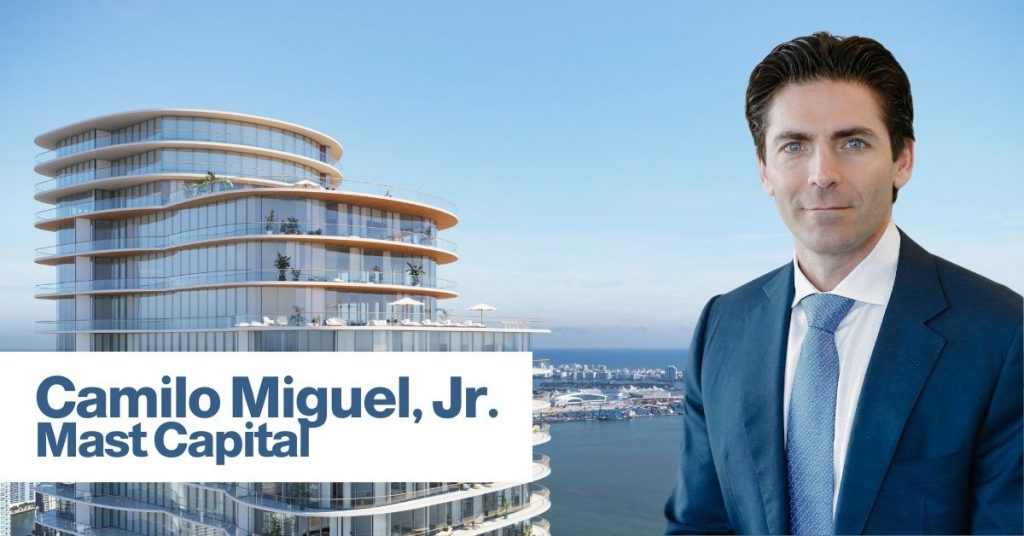
South of Downtown Miami, Terra and Grass River Property are putting the finishing touches on Grove Central, which will combine market-rate and workforce housing when it opens later this year. The hope is that transit-oriented developments like these will reduce road congestion while lowering the barrier to entry for well-located housing.
Nearby, 13th Floor Investments and Adler Group are developing Link at Douglas, a mixed-use complex that is bringing people closer to transit by offering market-rate housing adjacent to the Douglas Road Metrorail station.

“As Miami-Dade County’s population experiences rapid growth, we need to come up with forward-thinking ways to reduce road congestion and that begins with connecting people with alternative forms of transit,” adds Arnaud Karsenti, Managing Principal of 13th Floor Investments.
These projects are only a sampling of what’s to come. From the County-led overhaul of Downtown Miami’s government center district and the creation of residential and commercial density along the city’s transit corridors, to the pending development of Citadel’s new headquarters in the Brickell Financial District, the pipeline of development is robust.
Florida’s gravitational pull has proven to be resilient, and there’s little evidence of a coming slowdown in population and economic growth. In fact, the U.S. Census Bureau reported that Florida is now the nation’s fastest-growing state for the first time since 1957.
While people are drawn to Florida for myriad reasons that they can point to today – quality of life, a favorable year-round climate, cultural diversity, and economic opportunity among them – it’s forward-looking developments like these that will change the face of our communities over the span of future generations.






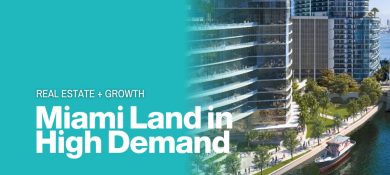
 See More Blogs
See More Blogs
Comments